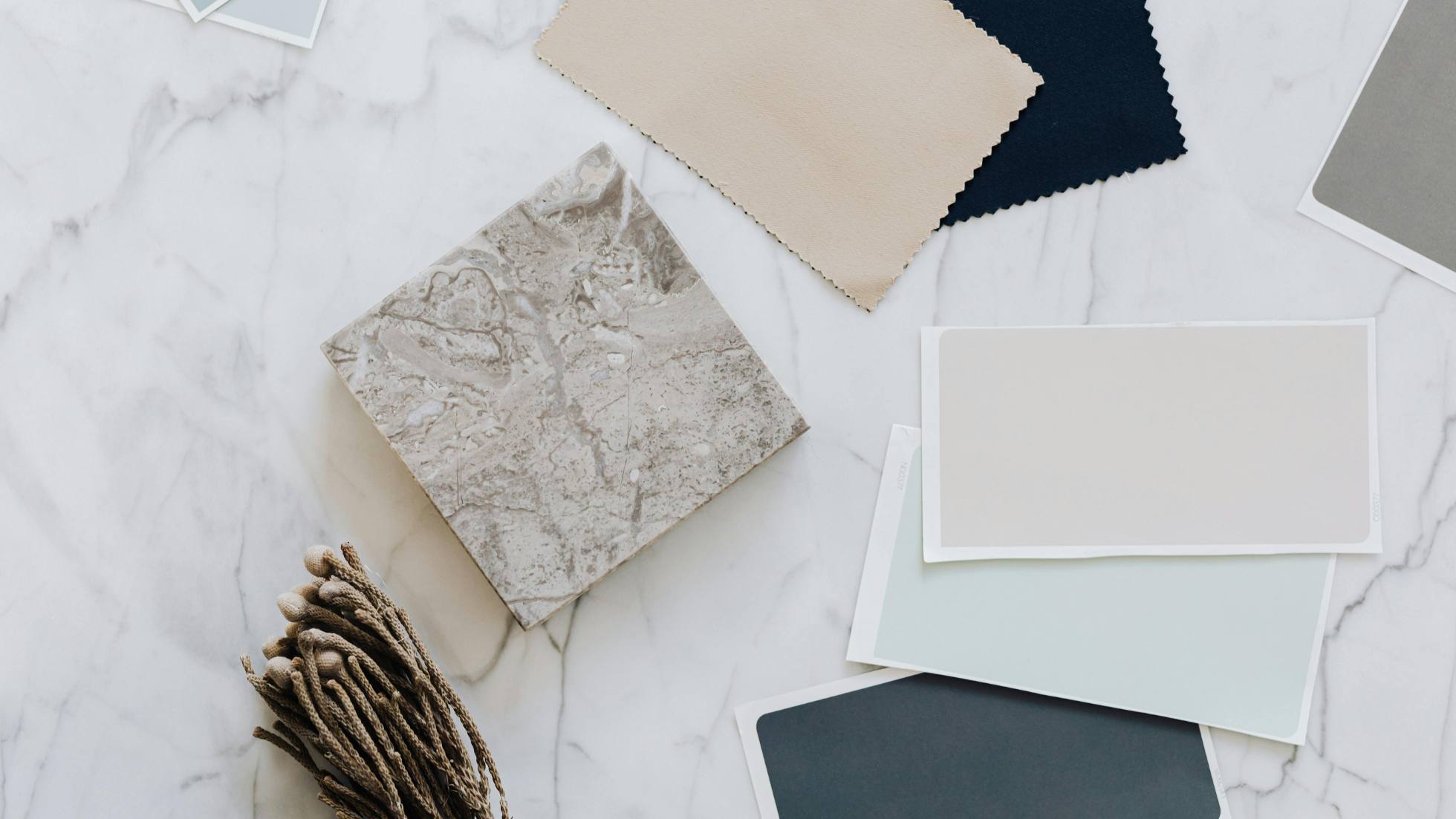The Numbers Behind Décor: How to Style Your Home the Mathematical Way!
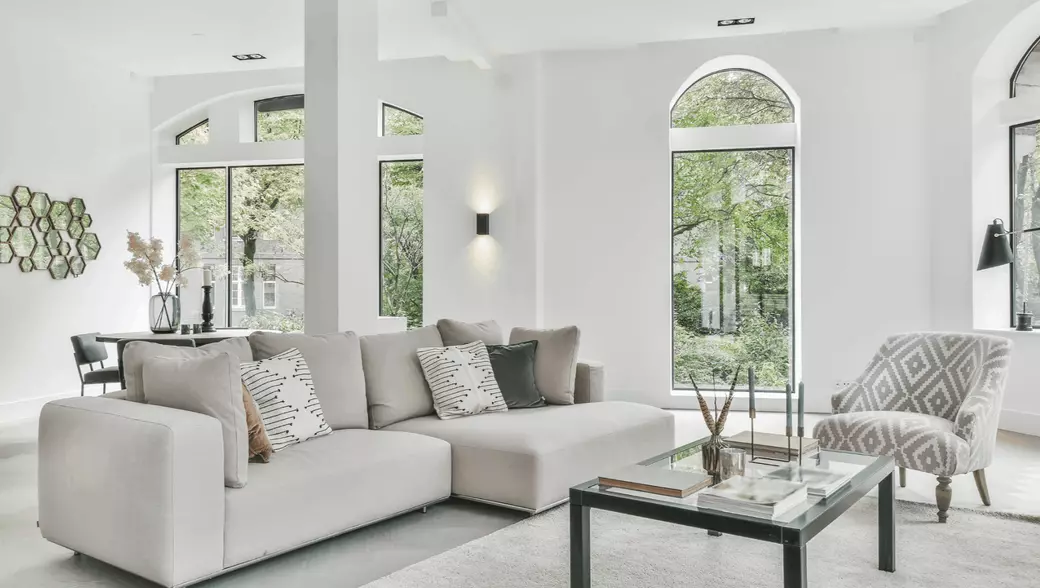
Design Isn’t Just an Art - It’s a Science
There is no doubt that people who excel in decorating interiors, either for themselves or others, are innately creative and are probably born with a knack for decorating. However, they, as well as most people, may not realize that there are formulas, and even geometry, behind that professionally, put-together interior.
Start with the Basics: The Rule of Three
Let’s start with one of the most basic principles in decorating: the rule of three. The rule of three is a design principle that states that objects arranged in threes are more appealing, memorable, and effective than other groupings. This principle can be applied in many different ways, such as grouping items, using colors, and creating a focal point.

Why Threes Are More Pleasing to the Eye
“Odd numbers have a captivating energy that even numbers simply lack. The rule of three is like magic; it instantly adds visual interest and a touch of the unexpected.” Nate Berkus, renowned decorator and TV personality.
One of the easiest ways to use the rule of three in decorating is by grouping items in threes. This could be a set of decorative objects on a shelf, a trio of picture frames on a wall, or three pillows on a couch. When grouping items, it’s important to consider their size, shape, and color. For example, if you’re grouping vases, you might want to use vases of different sizes and shapes but in the same color family.
Mastering the Visual Triangle
Geography comes into play when grouping accessories. We call this the visual triangle. This concept creates a proportionate and eye-pleasing grouping. The technique can be used in any part of your home, from styling mantels or shelves to your credenza, coffee table, or dining room table centerpiece.
Symmetrical vs. Asymmetrical Styling
Just like a mountain range, start with the peak and add the valley. To keep the triangle symmetrical, place the tallest item in the center, adding an equal number of items on each side.
Feeling confident with the rule of 3? Let’s go further and try asymmetrical visual triangles by placing the tallest item off to one side instead of dead center. By adding a bit of asymmetry to your triangle, the eye will naturally linger there longer.
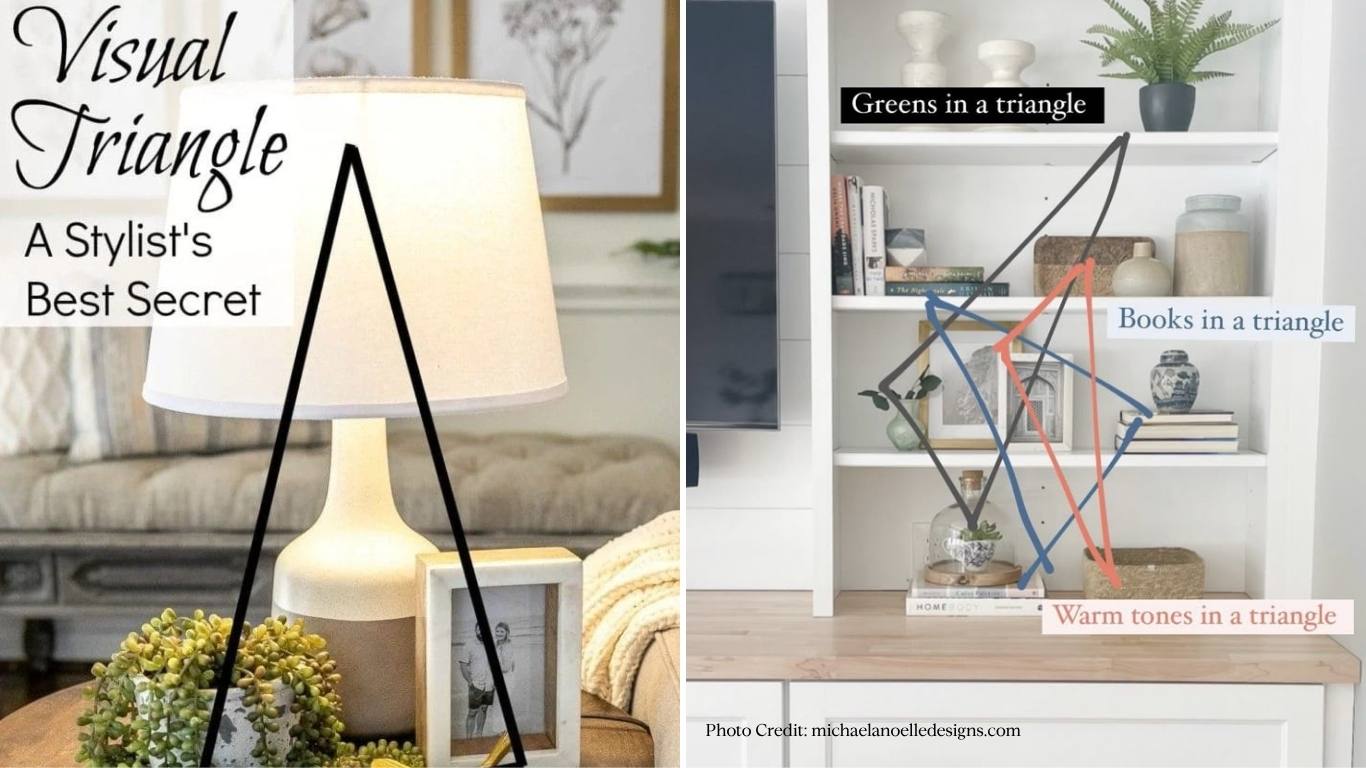
There are other formulas used by designers and stagers for the home.
Bookshelf Styling Made Easy: Use the ABCs
A is for Accents
These are your one-of-a-kind items you want to use in the bookcase. Great items that you do not collect, they simply stand on their own, like a lamp, pottery, or a decorative figurine.
B is for Books
It is a bookshelf, after all. Remember, books are not just for making you look smart. In the design world, they are also used as risers on bookshelves. By creating various heights, thus triangles, you create a more visually interesting and pleasing bookshelf.
C is for Collections
Here is where your personality shines. Most people collect something, and they are usually personal, from a collection of brass candlesticks to vintage cameras because you dabble in photography. Pull out your best of the best and make your triangles!
The Rule of Three Isn’t Just for Interiors
Even gardeners use the rule of three. Have a container to plant? Remember this formula:
- Thriller (the peak)
- Filler (the valley)
- Spiller (plants that overflow)
Where to Apply the Rule of Three in Your Home
- Furniture: select three main pieces to anchor a room
- Texture: leather, linen, boucle
- Vignettes: These objects should also be visually complementary, with similar colors or textures that tie them together
- Artwork: a great way to create a visually appealing and balanced display.
- Focal Points: By using three elements, you can create a sense of balance and visual interest.
Color with Confidence: Try the 60-30-10 Rule
And last, but certainly not least, Paint! Use a super handy design trick called the 60-30-10 rule. This rule is all about using three color ratios to create a space that's easy on the eyes and just feels right. Here's the basic idea:
- 60 percent of your room should be one neutral color
- 30 percent should be a secondary color
- 10 percent should be your accent color
More Than Three? No Problem
Have a collection that is larger than 3 pieces? While three is the ideal number, you can certainly use more items if you maintain a sense of balance and symmetry.
Need a Little Help? Let’s Chat!
If you are thinking about changing out lighting, adding a rug, or hanging artwork; first browse sights like Pinterest. There are thousands of charts and illustrations that will guide you on size, height and scale.
Still stumped? Give us a call! Let’s style your space in a way that feels amazing and adds real value. A few smart design moves can make a big difference in making your home shine!
Categories
- All Blogs (39)
- At Home in North Atlanta Series (9)
- Buying a House (8)
- Camping in Georgia (1)
- Compass Concierge (2)
- Cumming, GA (1)
- Home Maintenance (1)
- Home Updates (2)
- Johns Creek, GA (1)
- Master Your Move (3)
- New Listings (1)
- Real Estate Investing (1)
- Real Estate Market Updates & Predictions (1)
- Selling a House (5)
- Things to Do in Georgia (3)
- Working From Home (3)
Recent Posts

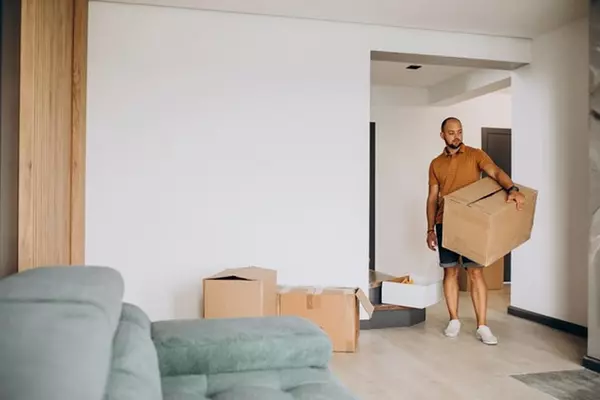
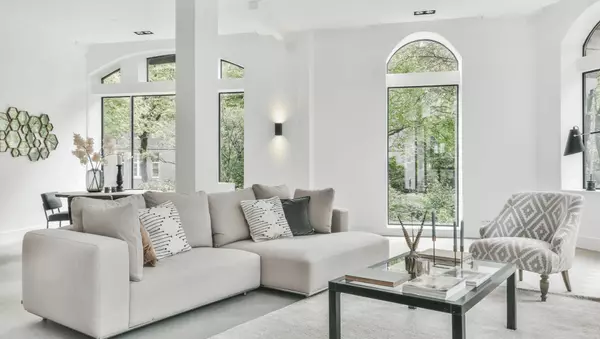







GET MORE INFORMATION


